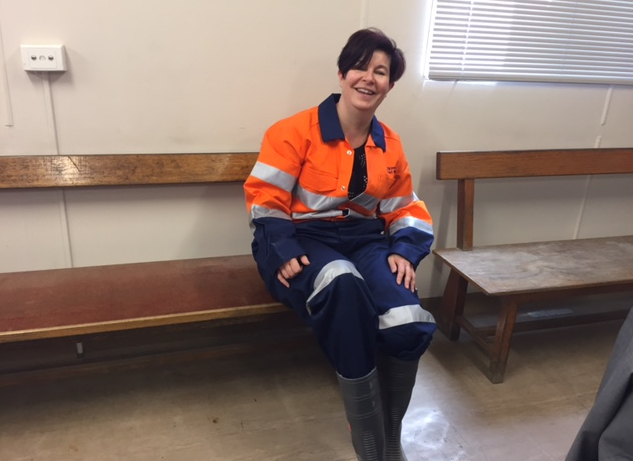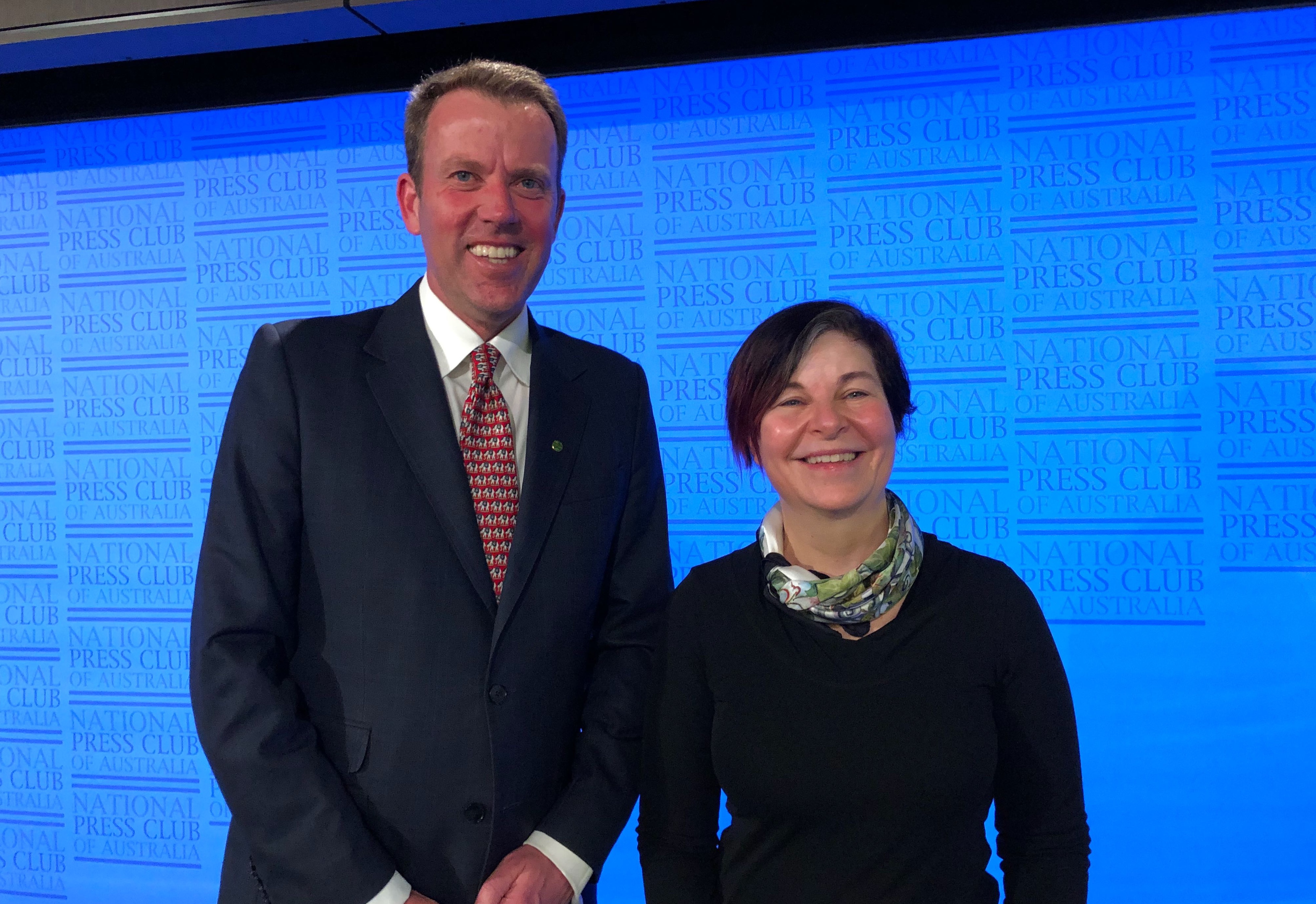
Sciences & Technology
Finding dark matter in the dark

High energy physicist Professor Elisabetta Barberio is leading groundbreaking Australian research in the hunt for dark matter and it’s all happening deep underground
Published 9 September 2019
My mother was a physicist. I grew up in Cosenza, a city in Calabria in Italy. My mother would bring home textbooks and, as I was a compulsive reader, I would read them all. I remember reading a nuclear physics handbook when I was about nine or ten. I would also read my father’s textbooks – he was a doctor – so I could name most of the bones in the human body.

When I left school, I wanted to be a vet. But my mother grew up in the country and when I told her about my study plans, she said “I don’t think you can deliver a cow” – which was probably true. That was the end of my plans to become a vet really.
I first really got hooked on physics when I went to a public lecture on astronomy. I then decided to enrol in astronomy at the University of Bologna - the oldest university in the world – but after a while I realised I was interested in more than astrophysics. I wanted to learn more. So, then I went onto study particle physics, before becoming fascinated with dark matter.

Sciences & Technology
Finding dark matter in the dark
No one knows yet what dark matter is. We are yet to determine the precise nature of dark matter and it remains one of the big questions in contemporary physics. For me, researching what it is and how it works is about understanding the unknown. I like to dig deep in my studies – understanding the universe, understanding the Big Bang and, hopefully, understanding dark matter.
We know that there is a lot of dark matter in the galaxy. Between 70 and 80 per cent of the material in the galaxy is dark matter and so, every single second, billions of these dark matter particles pass through our bodies and don’t do anything to us. We are transparent to these particles. Research believes these particles could make up nearly a quarter of the mass of the universe.
Australia is a perfect place to study dark matter. That’s because it’s in the Southern Hemisphere. As the Earth rotates around the Sun, dark matter particles are blown toward us by a head wind or a tail wind. If it’s a head wind, there’s more dark matter – if it’s a tail wind there’s less. So, some of the best locations for observing and experimenting when it comes to researching dark matter are places at the bottom of the Earth.

We expect that the Earth to be hit by more dark matter in June than in December. As the Earth goes around the sun, its velocity with respect to the centre of the galaxy changes. In June, the Earth is travelling around the galaxy at about 260 kilometres per second, whereas in December it is more like 200 kilometres per second. Seasonal changes, from summer to winter, could also lead to a cycle in the rate of interactions with our dark matter detectors.
Dark matter research needs to happen deep underground to cut out the cosmic ‘noise’. Cosmic rays are absorbed by rock, so if you go deep enough you can reduce these to almost zero. Initially, Professor Jeremy Mould from the Centre for Astrophysics and Supercomputing at Swinburne University, and I were looking around for an underground location to run our dark matter experiments.

Sciences & Technology
The next big scientific thing
I was looking for mountains we could tunnel under in Italy. We were also talking to American researchers. Then, I Googled mines in Australia. Although most here are open-cut mines, another colleague suggested the Stawell gold mine in rural Victoria.
We use highly purified crystals to detect dark matter. These crystals react when they are struck by dark matter particles and have to kept underground from other forms of radiation so we don’t get false readings. The Stawell Underground Physics Laboratory (SUPL) is being built 1025 meters below ground. Once we have results, we’ll compare those with the results from detectors in other parts of the world.
The people of Stawell really got behind our dark matter research. They actually went and knocked on the doors of politicians to help get the underground laboratory moving. That support was amazing as the Stawell gold mine is one of the few places in Australia that can house a dark matter detector. It’s also great that a project like this also benefits a small town like Stawell, bringing jobs and investment to the community there.

Our team has just received the largest investment in STEMM research in regional Australia. The ARC Centre of Excellence for Dark Matter Particle Physics, which I lead, has just received $A35 million in funding from the government.
This is a big investment and will mean we can really push forward. But it’s also really exciting – so it’s a great time to talk about physics and scientific research to the wider community and get the next generation of students interested in the mystery of it all.
You become a detective, like Sherlock Holmes, when you’re searching for dark matter. The Stawell lab will help us to rule out some of the hypotheses around dark matter. As the author Arthur Conan Doyle said: “Once you eliminate the impossible, whatever remains, no matter how improbable, must be the truth”.
- As told to Imogen Crump
Banner: Getty Images